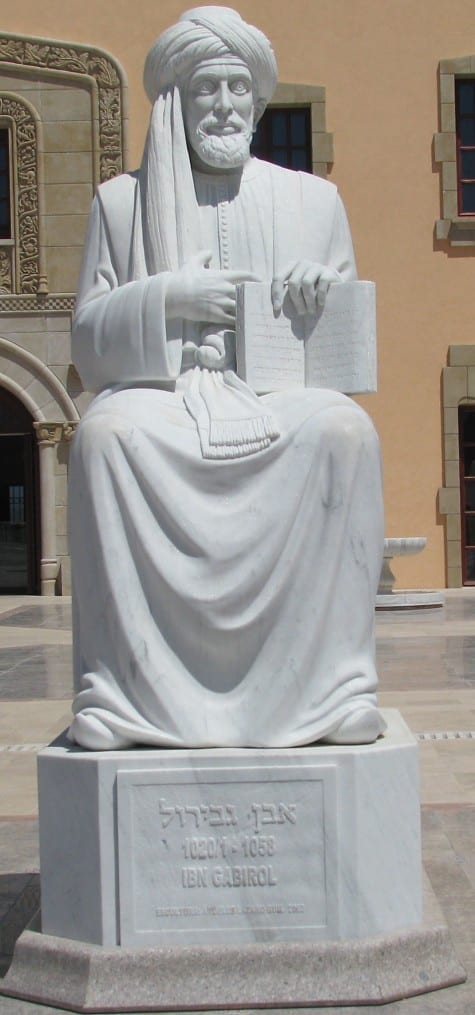The Zajal: Al-Andalus’ poetry and singing.
The Zajal is the traditional form of the Arab literature. Rooted in the Mediterranean culture, it is sung in the Arab colloquial dialect language. In the case of the Old Al-Andalus, in Andalusian Arabic language.
This form of poetry has a structure formed by a two-verse refrain, followed by a three-verse rhyme (called mudanza) and, in turn, by a fourth verse, the vuelta, that announces the refrain’s repetition.
In Al-Andalus, it was developed by Mozarabic people, and it was the finest kind of song in the Muslim Spain because it influenced both the Andalusian Jewish people’s poetry and singing and the Castillian one, including words in the romance language. The most important Andalusian author was Abén Quzmán, Cordobesian poet from the XII century (1078-1160).
The Zajal was sung both by a soloist or by a choir, and it used to be accompanied with musical instruments like lutes, flutes, drums, and castanets.
Zajal is very popular in Maghreb countries, Argelian, Libano and also Palestine today. In the year 2014, the Lebanese form of Zajal was declared Intangible Cultural Heritage by the UNESCO.




